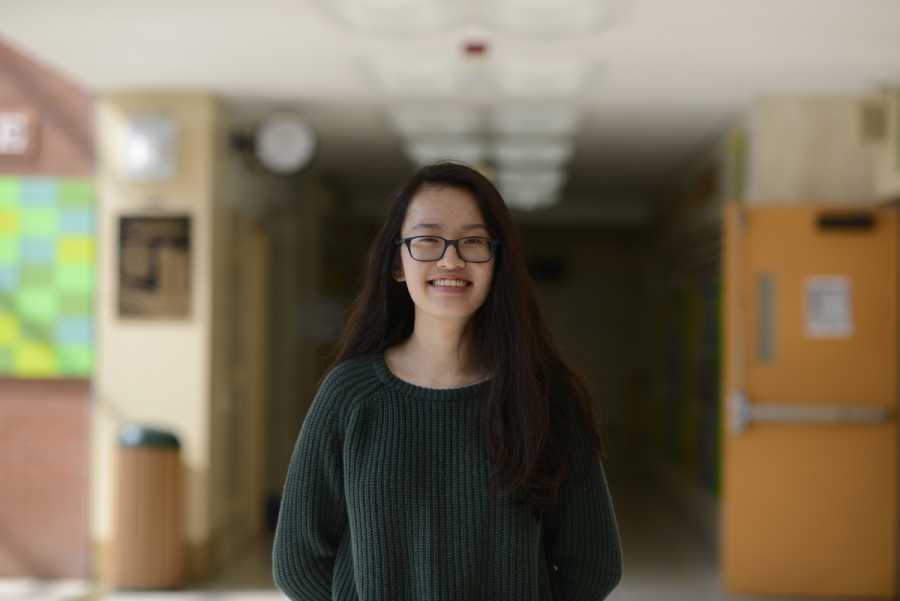MoMA’s Temporary Shutdown
An Opportunity for Diversity and New Experiences
For student art enthusiasts like Amanda Chen ’19, MOMA’s closing during the summer is unfortunate, as that is when students have the most time to enjoy the collections.
At the Museum of Modern Art (MoMA), you’ll find art by world renowned artists such as Pablo Picasso, Salvador Dalì, and Frida Kahlo. But in addition to the famous masterpieces, the museum is home to lesser known pieces by artists like James Rosenquist, Harry Gordon, and Arthur Young, which are often overlooked by visitors. MoMA thus announced a four month closing during the summer of 2019 to transform and increase diversity in their galleries.
The temporary closing from Saturday, June 15th to Monday, October 21st will be the final installation of a $400 million, 40,000 foot expansion created more than two years ago. The new additions to the museum will include the Marie-Josée and Henry Kravis Studio, a center for live performances; the Paula and James Crown Platform, an educational and experimental space on the second floor; and street level spaces for public viewing. With the Paula and James Crown Platform, visitors will be able to engage with artists, make art, and explore the museum in new ways. The galleries will no longer be limited to having art of few mediums; the additional spaces will allow for the mixture of oil paintings with live dancing and music without the disconnect that is often created in between collections.
“I’m glad the museum is giving other artists more exposure and visitors a variety of experiences,” Amanda Chen ’19 said. “However, it is sad that they have to shut down during the summer, which is when many people, especially students, have more time to visit.”
There will also be an incorporation of art collections by a diverse array of artists.
“We don’t want to forget our roots in terms of having the greatest Modernist collection,” Leon Black, the museum’s chairman, told The New York Times, “but the museum didn’t emphasize female artists, didn’t emphasize what minority artists were doing, and it was limited on geography. Where those were always the exceptions, now they really should be part of the reality of the multicultural society we all live in.”
New exhibitions will showcase the backgrounds and geographies of artists normally categorized as the “hidden gems” of the museum, as opposed to the world-renowned pieces in MoMA’s extensive collection such as Van Gogh’s ‘The Starry Night’ and Salvador Dali’s ‘The Persistence of Memory.’
“I’m glad the museum is giving other artists more exposure and visitors a variety of experiences,” Amanda Chen ’19 said. “However, it is sad that they have to shut down during the summer, which is when many people, especially students, have more time to visit.”
Some exhibits in the museum will remain ordered by chronology, and others will continue to have pieces of the same medium. However, many galleries will be changed, and the museum will rotate art selections every six to nine months to recognize more artists.
“A new generation of curators is discovering the richness of what is in our collection, and there is great work being made around the world that we need to pay attention to,” Glenn D. Lowry, director of the museum, told the Times. “It means that the usual gets supplanted now by the unexpected.”
Guests can experience the culture of Latin American art with Sur moderno: Journeys of Abstraction—The Patricia Phelps de Cisneros Gift. They can view pieces inspired by family, history, mysticism, and life cycles by Betye Saar in Betye Saar: The Legends of Black Girl’s Window. With mediums including performance, drawing, and sculpture, member: Pope.L, 1978–2001 by Pope.L is described by MoMA to use “abjection, humor, endurance, and absurdity to undermine rigid categories of difference.”
Although it seems like a long time from now, the renovation is crucial to exploring the museum’s collections in methods not previously highlighted in the galleries. It reflects not only the melting pot of culture that is a main feature of New York City, but the constant evolution of modern thinking and art.
Christina Pan is a Copy Chief for ‘The Science Survey’ and an Athletics Section Reporter for ‘The Observatory.’ This is her second year writing...

